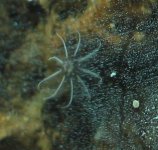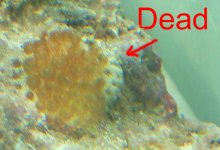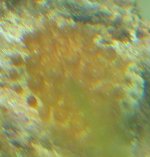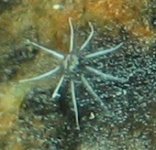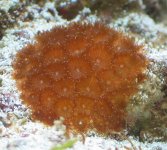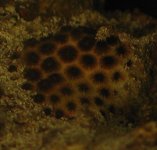Hi,
Those two things (I'm guessing a coral and a feather duster) came with come Carribean LR and resisted incredible hardships (from me too: >4ppm ammonia, 2.037 sg).
Now I'd like to keep them happy, but I don't know the first thing about them (i.e. what's the species/class/family, what they want in light, food, flow, etc.).
My guess for the coral is based on the fact that a few of the small polips (on the right side of the picture) are dead and white leaving behind a
white bony structure.
Thanks for the help,
Mihai
Those two things (I'm guessing a coral and a feather duster) came with come Carribean LR and resisted incredible hardships (from me too: >4ppm ammonia, 2.037 sg).
Now I'd like to keep them happy, but I don't know the first thing about them (i.e. what's the species/class/family, what they want in light, food, flow, etc.).
My guess for the coral is based on the fact that a few of the small polips (on the right side of the picture) are dead and white leaving behind a
white bony structure.
Thanks for the help,
Mihai




